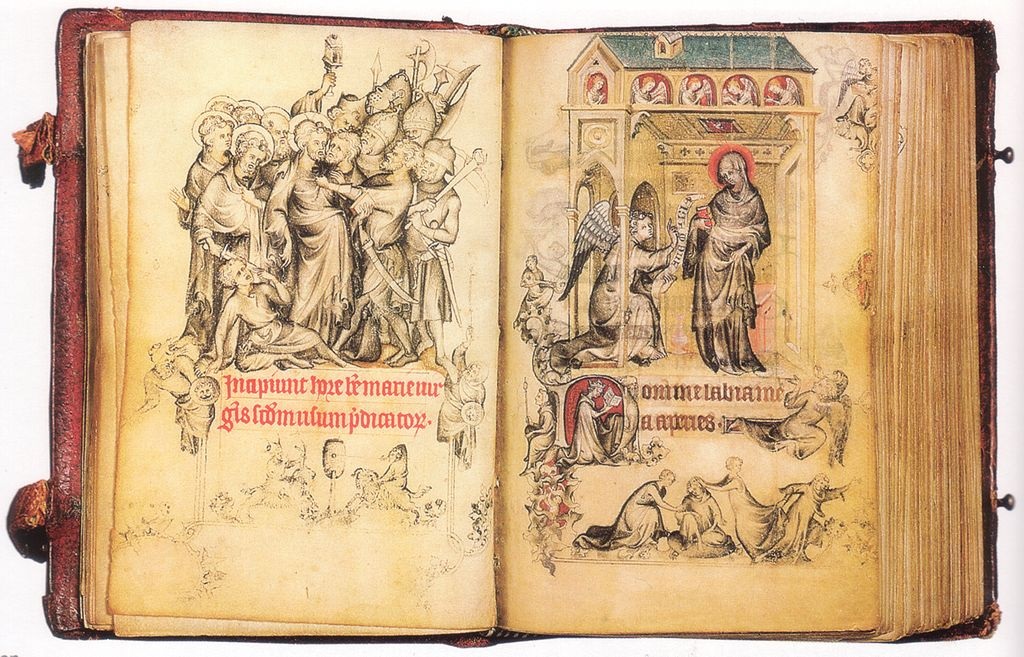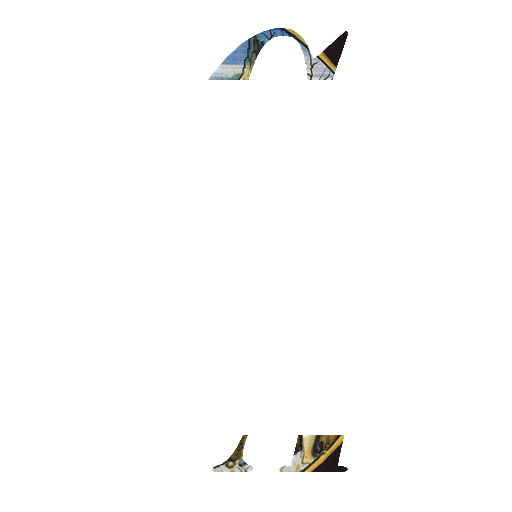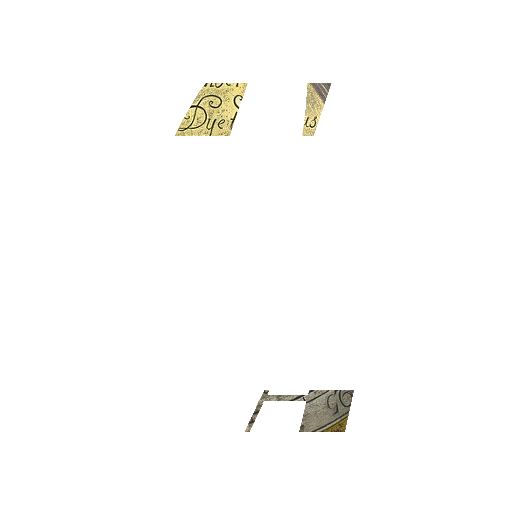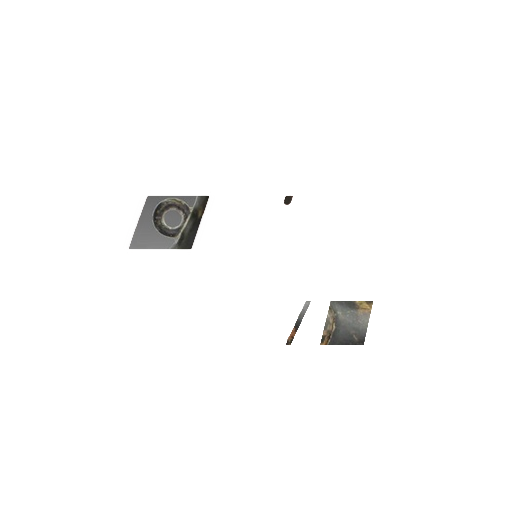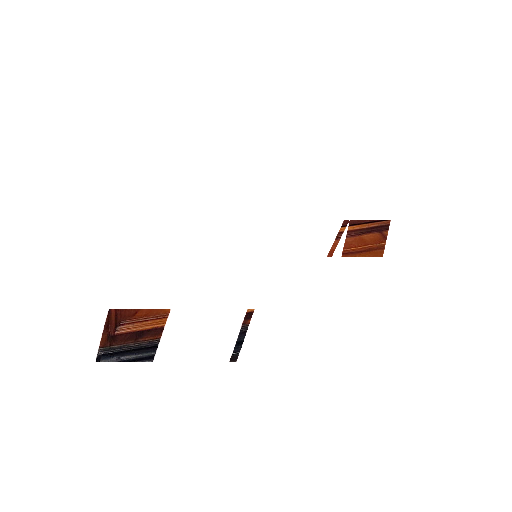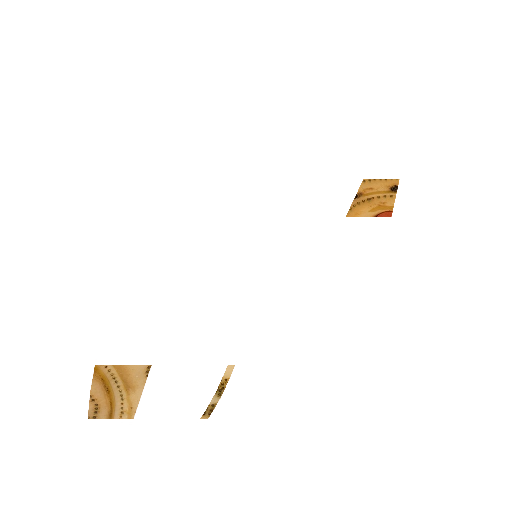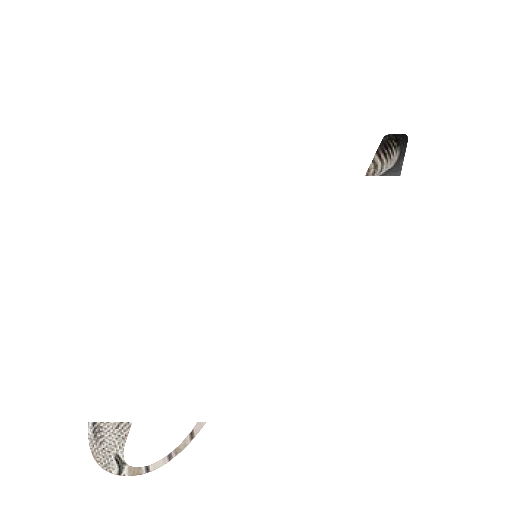Jean Pucelle (c. 1300 – 1355), active c. 1320-1350, was a Parisian Gothic-era manuscript illuminator, excelling in the invention of drolleries, traditional iconography, and was considered one of the best miniaturists of the early 14th century. He worked primarily under the patronage of the royal court and is believed to be responsible for the introduction of the arte nuovo of Giotto and Duccio to Northern Gothic art, showing distinct influence from the Italian trecento art Duccio is credited with the creation of. His style is characterized by delicate figures rendered in grisaille, accented with touches of color.
Pucelle's most famous works are The Hours of Jeanne d'Evreux, a private prayer book done as a royal commission to the queen of France Jeanne d'Évreux (c. 1324–1328), his reflections of the Maestà (c. 1325) by Duccio in the Belleville Breviary and a Franciscan breviary presumed to have once been owned by Blanche of France. His earliest documented work is believed to be the design for the great seal of the Confraternity of the Hospital of St. Jacques-aux-Pelerins in Paris, indicating that Pucelle either worked or designed in a variety of media ranging from enamels to stained glass.
A good grasp of Pucelle’s proto-Reneisance style is provided by The Hours of Jeanne d'Evreux, the Belleville Breviary and Billyng Bible with each displaying features such as sculpturally modeled figures, three-dimensional treatment of space and a new form of psychological expression.
PAGE FROM THE BELLEVILLE BREVIARY
Jean Pucelle (c1340)
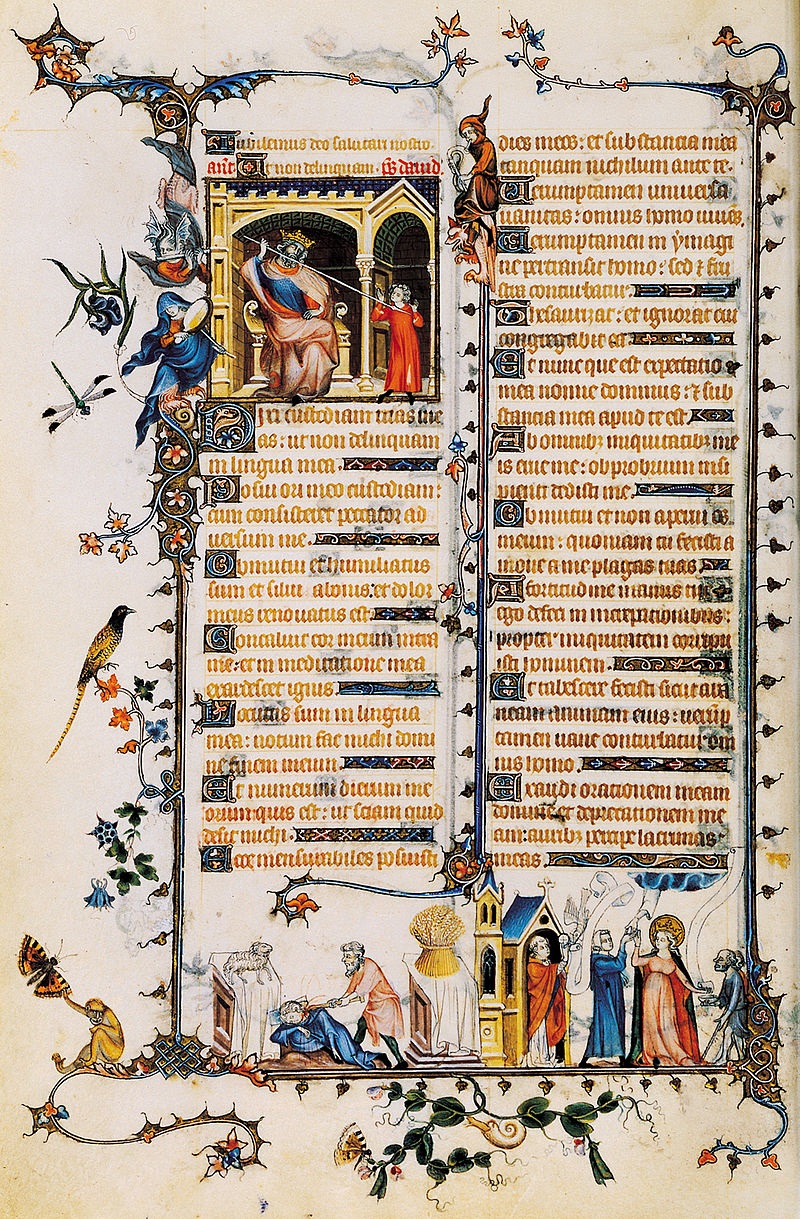
THE HOURS OF JEANNE D'EVREUX
Jean Pucelle (c1335)
